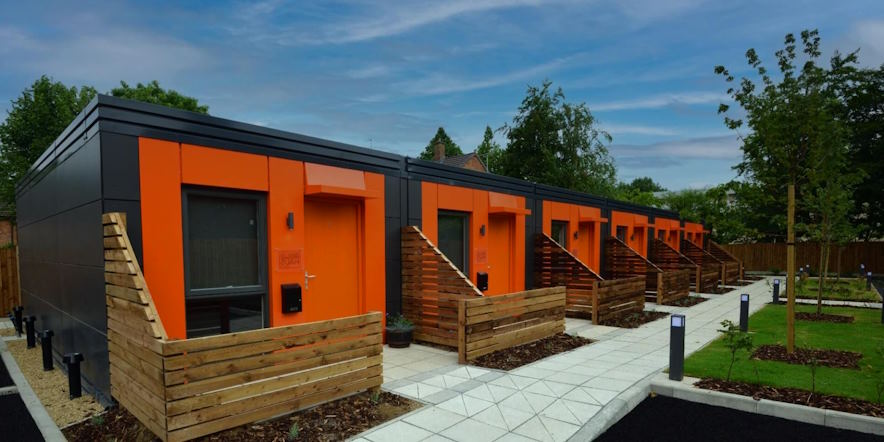Europe, a tapestry of diverse cultures and societies, hosts a range of shelter services catering to various needs. From homeless shelters providing refuge to individuals facing housing crises to specialized shelters offering support to specific groups like women, refugees, LGBTQ+ individuals, and youth, the continent exhibits a nuanced approach to shelter services. However, differences in availability, services offered, and government support create a varied landscape across European regions.
Types of Shelters in Europe
Homeless Shelters
These shelters cater to individuals experiencing homelessness, providing temporary accommodation, meals, and often support services like counseling and job training.
Women’s Shelters
Offering a haven for women escaping domestic violence or unsafe living conditions, these shelters provide not only shelter but also counseling, legal assistance, and resources for empowerment.
Refugee Shelters
These shelters accommodate refugees and asylum seekers, offering temporary housing, necessities, and assistance in navigating the asylum process.
Specialized Shelters
Europe also boasts shelters catering to specific needs, such as LGBTQ+ shelters providing a safe space for individuals from the LGBTQ+ community and youth shelters addressing the unique challenges faced by young people experiencing homelessness or family-related issues.

Regional Variances in Shelter Services
Availability
Shelter availability varies across European regions and is influenced by population density, urbanization, and local policies. Urban areas often have more shelter options compared to rural regions.
Services Offered
Differences exist in the range and quality of services shelters provide. Some regions may have comprehensive support systems offering housing, rehabilitation, education, and job training, while others might focus primarily on temporary accommodation.
Government Support
The level of government support for shelter services differs among European countries. Some nations allocate substantial funding and resources, ensuring robust shelter networks, while others may rely more heavily on non-governmental organizations or charitable initiatives.
Challenges and Innovations
Challenges persist in ensuring equitable access to shelter services across Europe. Homelessness rates, varying social policies, and budget constraints present hurdles. However, innovative approaches, such as housing-first models prioritizing permanent housing and holistic support systems that address root causes of homelessness, are gaining traction in some regions.
Collaborative Efforts and Best Practices
Collaboration between governments, non-profits, and community organizations fosters the development of comprehensive shelter networks. Sharing best practices, standardized training for shelter staff, and promoting cross-border collaborations can facilitate the exchange of ideas and resources, contributing to improved shelter services across Europe.


